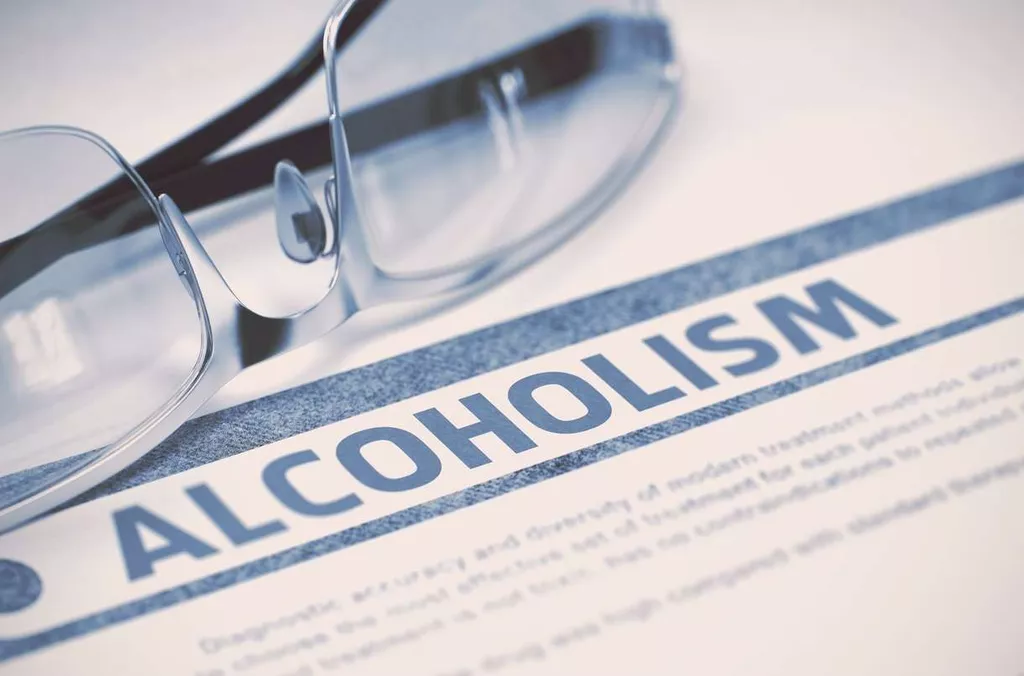
Yes, halfway houses are gender-specific because separating men and women supports safety, comfort, and focused recovery in addiction treatment environments. For example, male-only and female-only facilities reduce interpersonal conflict and allow gender-responsive programming tailored to the unique emotional, psychological, and relational needs of each group. Who pays for halfway house services is determined by a combination of government programs, private insurance, and resident contributions. For example, public funding from agencies like SAMHSA helps subsidize facilities for individuals in addiction treatment, while private insurers cover housing costs as part of post-rehab care.
How Do Halfway Houses Compare to Other Forms of Transitional Housing?
These facilities serve as a bridge between inpatient treatment or prison and full reintegration into society. They are designed to reduce the risk of relapse or recidivism by offering continued support and supervision. Unlike halfway houses, sober living homes enable residents to stay as long as they want as long as they obey all house rules (like paying rent, remaining abstinent, completing chores, and so on.). It’s also not usually necessary to have completed official addiction treatment before moving into a sober living home. However, several sober living homes require or actively encourage you to attend 12-step programs while you are a resident.

Who Can Live There?

Naturally, the first rule of any sober home will be “no drugs or alcohol allowed.” There may be allowances for specific prescription medications, and residents must consent to random drug or alcohol tests. Idividuals dealing with substance abuse what is a halfway house for drug addicts disorder may significantly benefit from living in an environment that helps them develop healthy habits and coping skills as they recover from the condition. Substance abuse has severe adverse effects on the users, their families, and the general society.
- Case managers are also in charge of connecting participants to valuable community resources in order to ensure their well-being and long-term success.
- It’s the case manager’s job to create this blueprint and find resources to help you meet these goals.
- The individuals managing the location are licensed professionals, though this licensing differs from one area to the next.
- Before choosing a halfway house, make sure you understand and agree with the rules.
- You have regular check-ins and drug tests to make sure that you are abiding by those goals.
What Are The Goals Of Sober Living Centers?
Differences between the two can stem from funding, length of stay, and requirements to apply to live there. Sober living homes typically do not limit the length of stay and may not require previous attendance in a formal addiction treatment program. Halfway houses, on the other hand, typically have a time limit and require residents to either be enrolled in a treatment program or have recently completed one.
Recovery Enhancement
- Nickolaus Hayes has been working with Drug Rehab Services for the past ten years.
- Growing up in Louisiana with addiction running rampant on both sides of my family.
- Halfway Houses provides a reentry program that offers structured living conditions, peer support, and access to essential services like job training, counseling, and substance abuse treatment.
- Mr. Molloy and the other residents devised the basic rules of self-government that have shaped Oxford House ever since.
- This means that you’ve already completed detoxing from whatever your addiction was and are now in the early stages of sobriety.
By enforcing clear boundaries and responsibilities, halfway houses support long-term sobriety and personal accountability. Halfway houses offer a safe and drug-free environment for individuals in recovery to maintain sobriety. While residing here, residents receive extra treatment services, such as attending support groups and learning essential life skills to prepare for their future. Halfway houses are government-funded and serve as transitional housing for those who have finished their drug and alcohol treatment programs. The purpose of a halfway house is to provide a supportive, structured environment for individuals transitioning from addiction treatment back into society.
Find Out About Halfway Houses Near You
- In a similar line, the findings of an extensive study on past members of sober-living communities were published in 2010 in the Journal of Substance Abuse Treatment.
- The restrictions differ from one facility to the next, but there are a few that apply to all sober living houses.
- If you’re newly sober, have gone through detox, are willing to stay sober, and can commit to living by the house rules, you can live in a halfway house.
- Halfway houses operate as structured transitional residences designed to help individuals reintegrate into society while maintaining sobriety and stability.
- Oxford Houses are democratically self-run by the residents who elect officers to serve for terms of six months.
Over the past 15 years, he has remained connected to helping people who have been struggling with addiction. He first started working as an intake counselor at a drug rehabilitation center in 2005. During the five years as an intake counselor, he was able to help hundreds of people find treatment. Nickolaus was also fortunate to be able to work with professional interventionists, traveling across the country performing interventions. Avenues Recovery is a community-based drug and alcohol rehabilitation center with locations across the United States.

Counseling sessions

In halfway houses, residents typically share bedrooms with one or more roommates, fostering a sense of community and camaraderie. The shared responsibilities among residents include chores like cleaning common areas, cooking meals, and maintaining personal hygiene. This collaborative effort not only promotes teamwork but also instills a sense of accountability. Discover how halfway houses can be a stepping stone towards lasting recovery and personal growth, and Sober living house if you require assistance finding a fitting sober living home, contact The Forge Recovery Center today.
